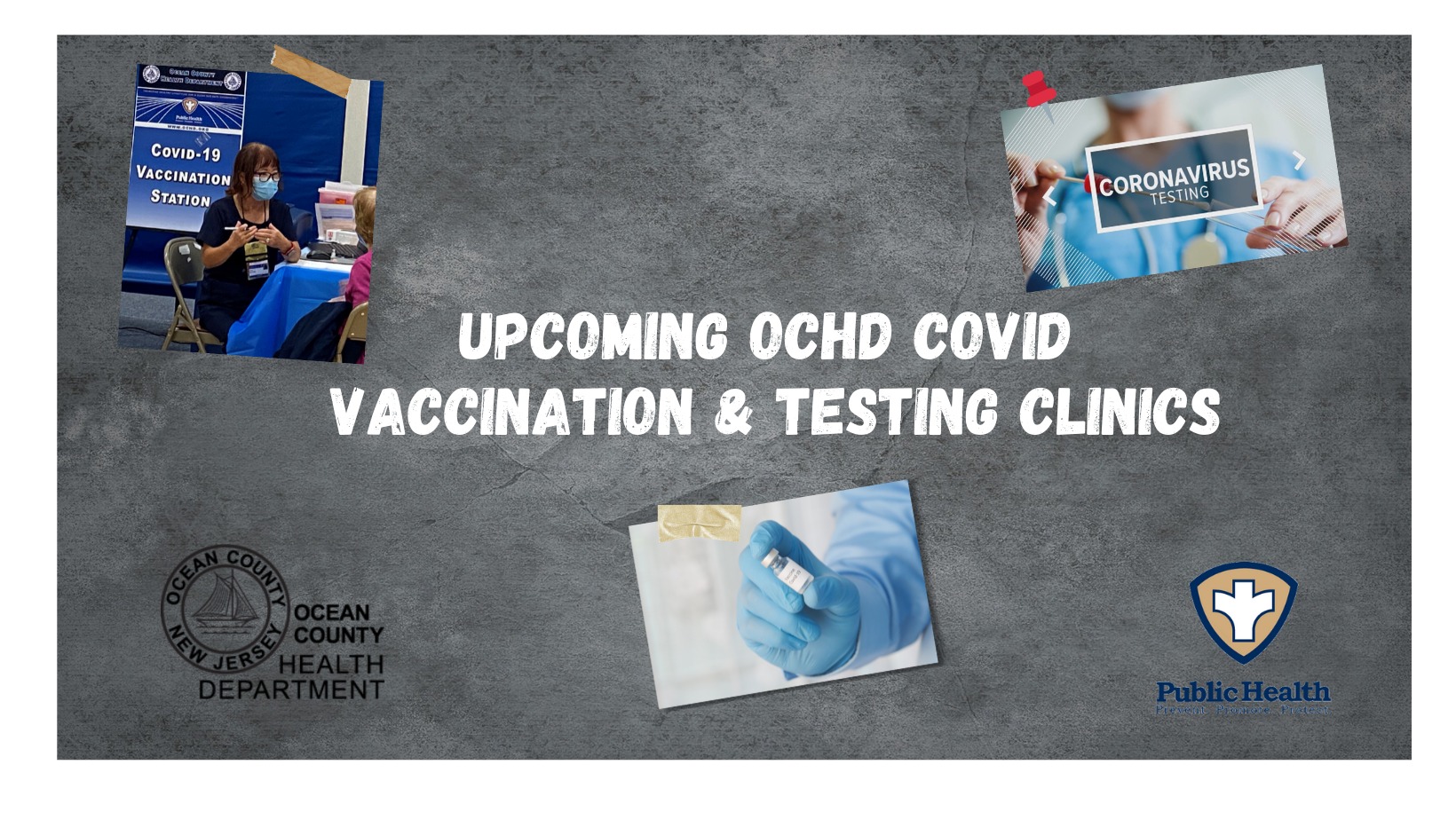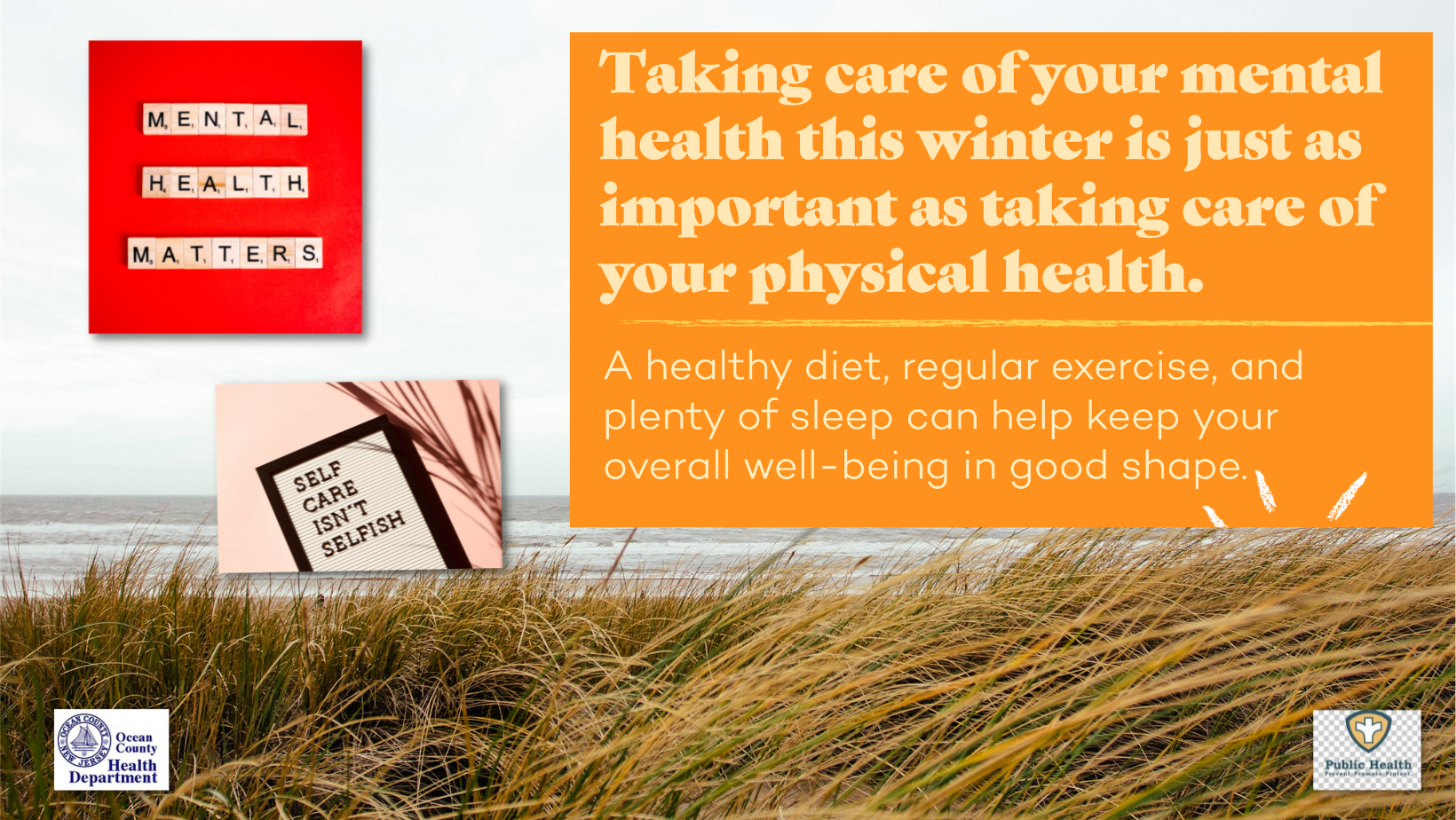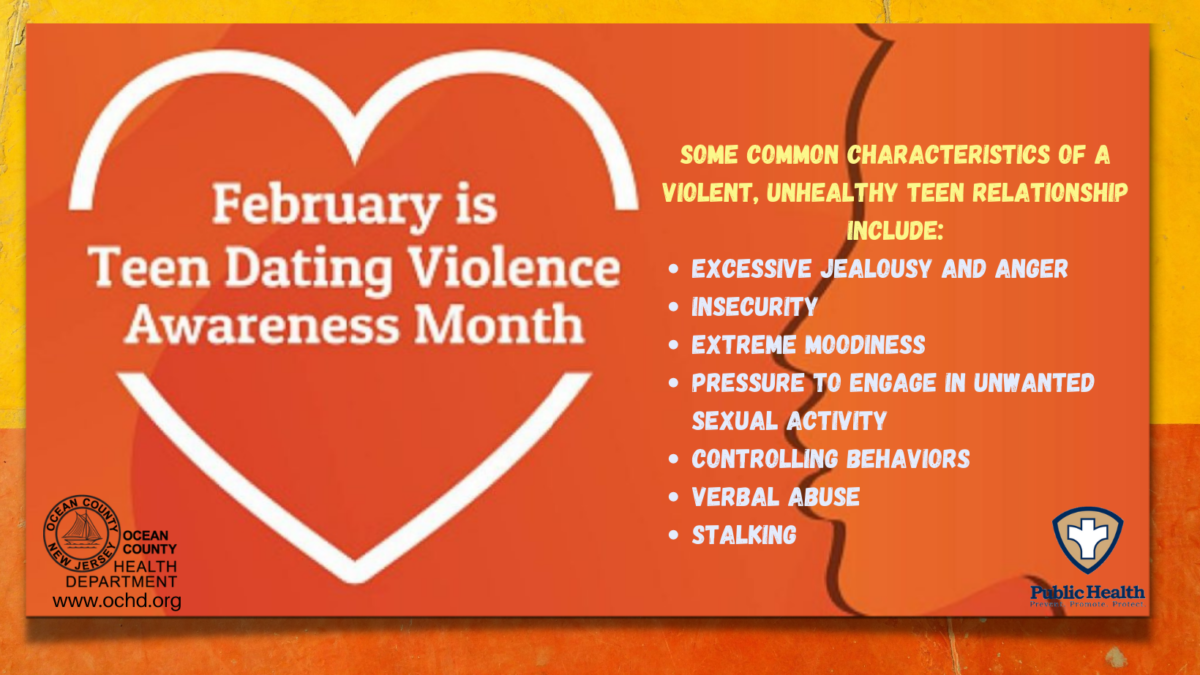
UPCOMING OCHD COVID-19 VACCINATION & TESTING CLINICS
January 26, 2022
DO THE WINTER BLUES MAKE YOU SAD. YOU ARE NOT ALONE.
February 14, 2022
LEARN THE FACTS AND HOW TO PROTECT YOUR CHILD.
February is National Teen Dating Violence Awareness and Prevention Month (TDVAM). This is an issue that affects everyone – not just teens – but their parents, teachers, friends and communities as well. Together, we can raise the nation’s awareness about teen dating violence and promote safe, healthy relationships.
TEEN DATING VIOLENCE is a serious preventable public health problem that affects millions of Americans and occurs across the lifespan. It can start as soon as people start dating or having intimate relationships, often in adolescence.
Nationwide, youth age 12 to 19 experience the highest rates of rape and sexual assault. Studies show that approximately 10% of adolescents report being the victim of physical violence at the hands of an intimate partner during the previous year. Girls are particularly vulnerable to experiencing violence in their relationships and are more likely to suffer long-term behavioral and health consequences, including suicide attempts, eating disorders, and drug use.
Adolescents in abusive relationships often carry these unhealthy patterns of violence into future relationships. Indeed, children who are victimized or witness violence frequently bring this experience with them to the playground, the classroom, later into teen relationships and, ultimately, they can end up the victims and perpetrators of adult intimate partner violence.
Teen dating violence (TDV), also called, “dating violence”, can take place in person, online, or through technology. It is a type of intimate partner violence that can include the following types of behavior:
Physical violence is when a person hurts or tries to hurt a partner by hitting, kicking, or using another type of physical force.
Sexual violence is forcing or attempting to force a partner to take part in a sex act and or sexual touching when the partner does not or cannot consent. It also includes non-physical sexual behaviors like posting or sharing sexual pictures of a partner without their consent or sexting someone without their consent.
Psychological aggression is the use of verbal and non-verbal communication with the intent to harm a partner mentally or emotionally and/or exert control over a partner.
Stalking is a pattern of repeated, unwanted attention and contact by a partner that causes fear or concern for one’s own safety or the safety of someone close to the victim
.
Teen dating violence has profound impact on lifelong health, opportunity, and well-being. Unhealthy relationships can start early and last a lifetime. The good news is violence is preventable and we can all help young people grow up violence-free.
How can we stop teen dating violence before it starts?
Supporting the development of healthy, respectful, and nonviolent relationships has the potential to reduce the occurrence of TDV and prevent its harmful and long-lasting effects on individuals, their families, and the communities where they live. During the pre-teen and teen years, it is critical for youth to begin learning the skills needed to create and maintain healthy relationships. These skills include knowing how to manage feelings and how to communicate in a healthy way.
CDC developed Dating Matters®: Strategies to Promote Healthy Teen Relationships to stop teen dating violence before it starts. It focuses on 11-14-year-olds and includes multiple prevention components for individuals, peers, families, schools, and neighborhoods. All of the components work together to reinforce healthy relationship messages and reduce behaviors that increase the risk of dating violence. Please visit the Dating Matters website to learn more!
CDC also developed a resource, Preventing Intimate Partner Violence Across the Lifespan: A Technical Package of Programs, Policies, and Practices pdf icon[4.52 MB, 64 Pages, 508] that describes strategies and approaches that are based on the best available evidence for preventing intimate partner violence, including teen dating violence. The resource includes multiple strategies that can be used in combination to stop intimate partner violence and teen dating violence before it starts.
Additional resources: Teen Dating Violence Awareness and Prevention Month | Youth.gov




